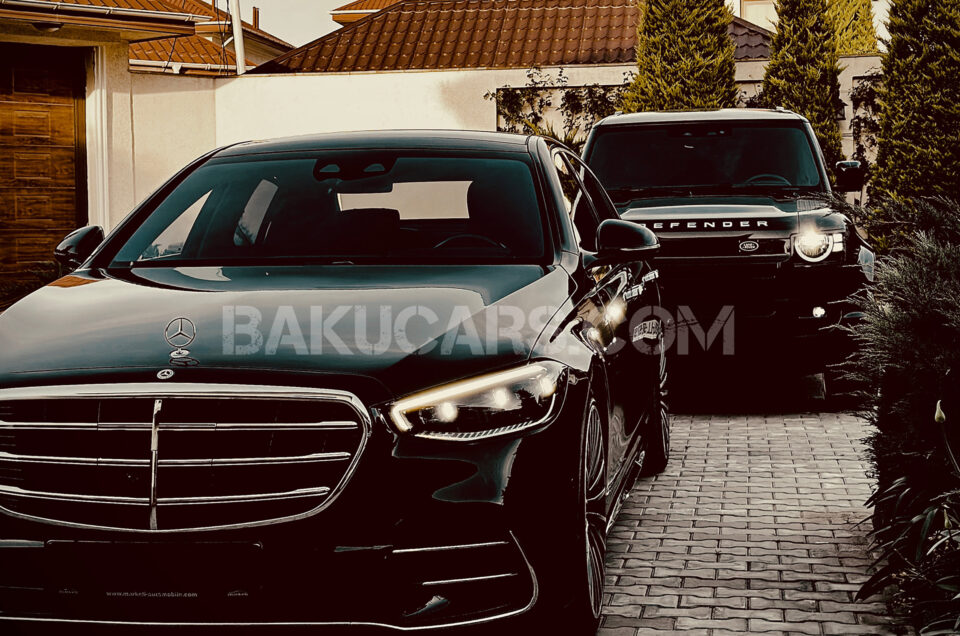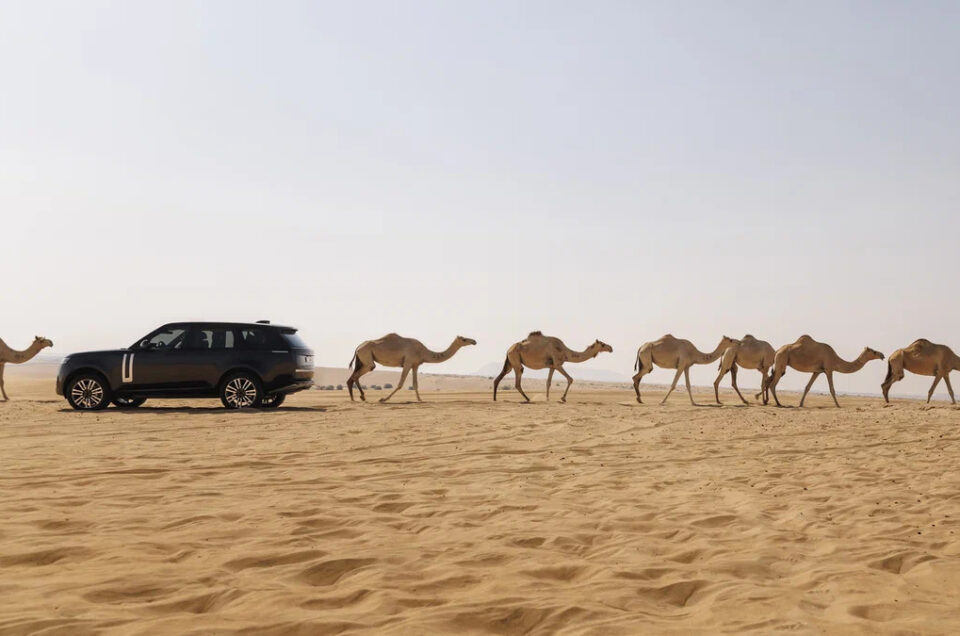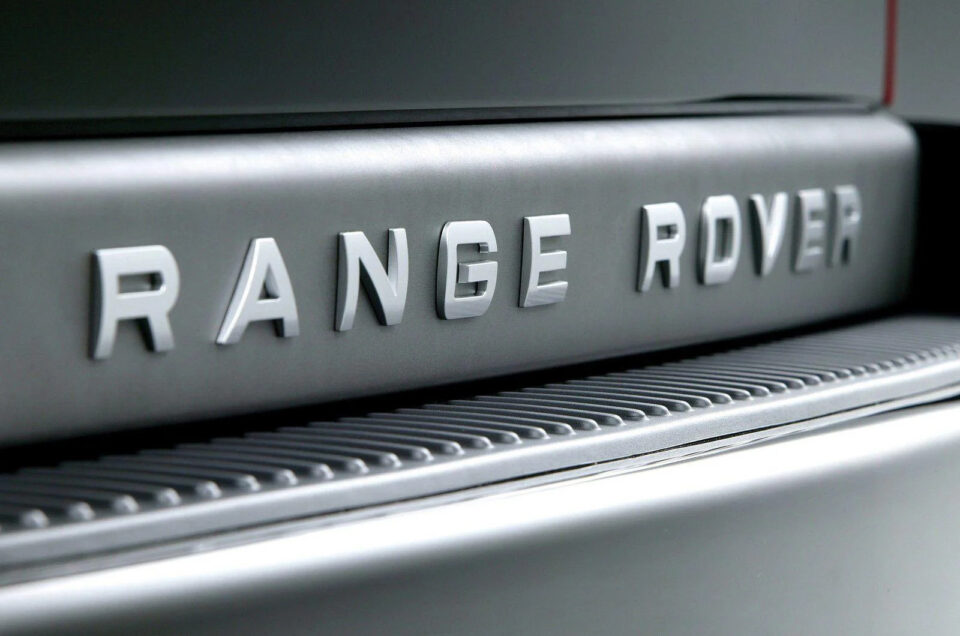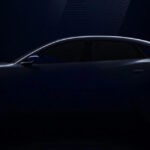A passenger ride in the new Range Rover Sport has left us in no doubt the Cayenne has some serious competition at last.
The new Range Rover Sport is so capable on the road (something we’ll learn for sure later this year) that Land Rover wanted our first taste of its newest car to be on the track. So, while at the Goodwood Festival of Speed this weekend, we were taken for a couple of hot laps around the Goodwood Circuit in the fastest RR Sport currently on offer – the P530.
We were driven to the track in the new L460-generation Range Rover, which made the differences in the Sport easy to see and feel. The seating position is a little lower, the steering wheel is smaller, but this is still a luxurious cabin with massage seats and not something you’d consider for a track day. But the new RR Sport has been set up to give sports cars half its size a hard time on the track as we discovered recently.
From the outside, there are more obvious sporty cues. The shorter overhangs, wider stance and chunky quad exhaust suggest the Sport is more than just a highway muncher.
That’s brought into sharp focus just a couple of blinks after the steward gives our driver Chris Spindler, Vehicle Dynamics Lead Tuner & Attribute Leader at Jaguar Land Rover, the green light at the start of the 2.367-mile track.
Launching off the line without warning, the huge wallop of torque that kicks in at 1,800 rpm is accompanied by the gravelly roar of the 4.4-liter twin-turbo V8 – a BMW engine rather than JLR’s previous supercharged units. Within a few seconds, the new Sport is pushing 90 mph as we approach Madgwick, the first, hard right corner.
The brakes powerfully rein in the weight of a 5,500-pound SUV without protestation nor the input of the ABS systems, showcasing how well the brakes, suspension, and tires have been partnered and tuned for a cohesive experience. That’s an important aspect of building a powerful performance SUV, providing the control necessary to harness all 523 horsepower – a figure that arrives at a lofty 6,000 rpm.
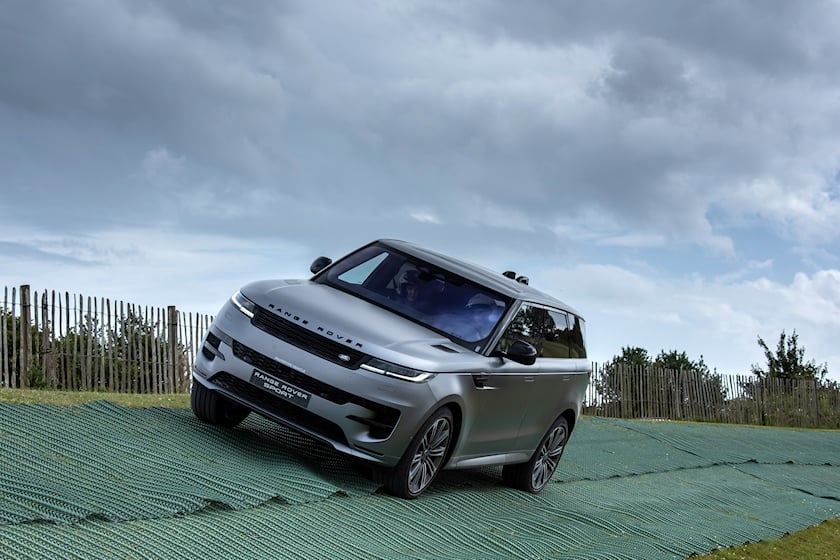
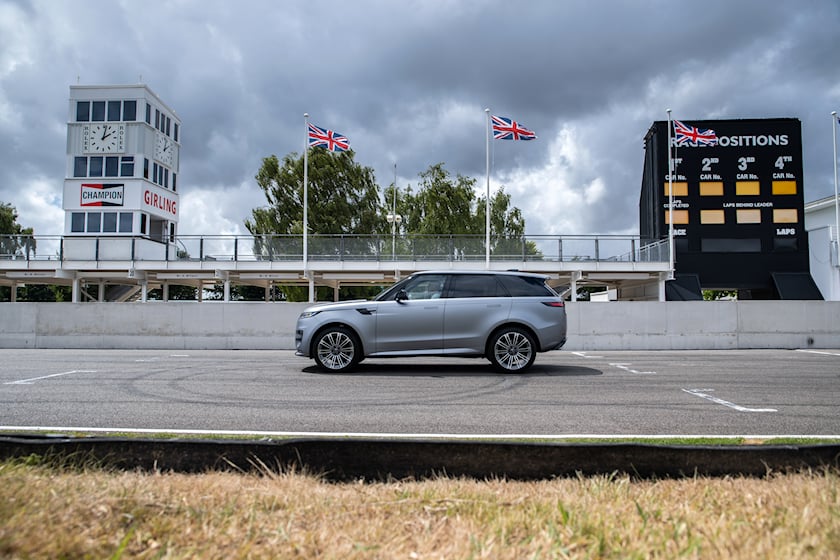
Sidestepping through that first corner, the rear steer and active differentials disguise the weight and size of the Range Rover Sport, nipping past the apex in a balanced fashion devoid of the sudden interjection of various computer systems trying to overcome the laws of physics.
This demonstration of power, poise, and precision continues for the few high-speed miles around the fast-sweeping track before being told: “Now time for something a little different” as we turn off onto the perimeter road for a brief presentation of the Sport’s offroad prowess.
The impressive SUV’s innate stability at high speed is just as apparent on the dirt road, as it glides over stones, and uneven, potted dirt, with just enough feedback through the chassis to know what the Pirelli rubber is rolling over.
Unlike BMW, Mercedes-Benz, and Porsche, Land Rover insists that its sportiest car remains a true off-roader, which is why it still includes the two-speed transfer case you’ll find in the Defender. Low-range control is mightily impressive, as is the low-traction launch that enables the Sport to power off the line in all conditions. In this case, it was a loose-stone path, but we’re sure it would have worked just as well on wet grass or melted snow.
After making light work of the semi-rough stuff, as a finishing act, the Range Rover Sport beelines for the steepest gradient on the track and stands there, dead still at a 30-degree incline, refinement personified.
While there is plenty of overlap with the full-fat Range Rover, the Sport has its own unique character. That’s something Land Rover was keen to achieve as it developed the Sport alongside its big brother for the first time. Both make a statement, whether from behind the wheel or when viewed from the sidewalk. But the Sport will be for buyers wanting that extra bit of fun on a quiet country road. After our experience on the track, we can’t wait to give that a go.
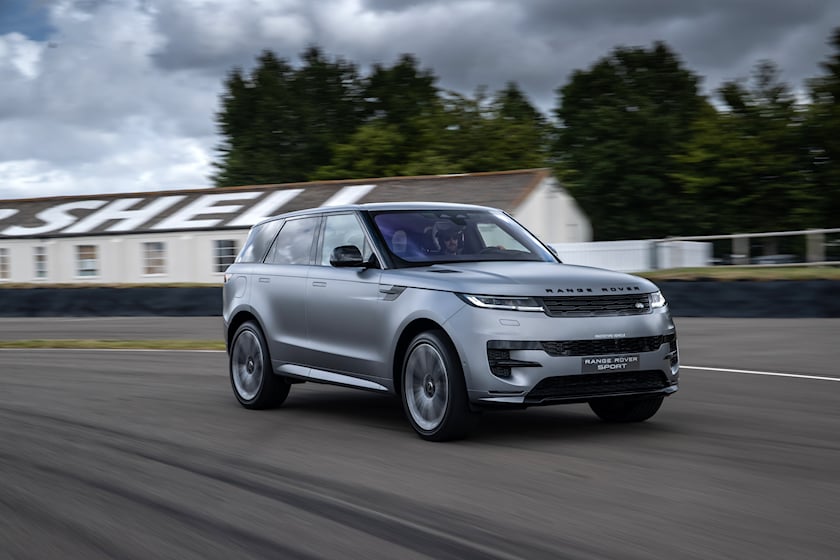
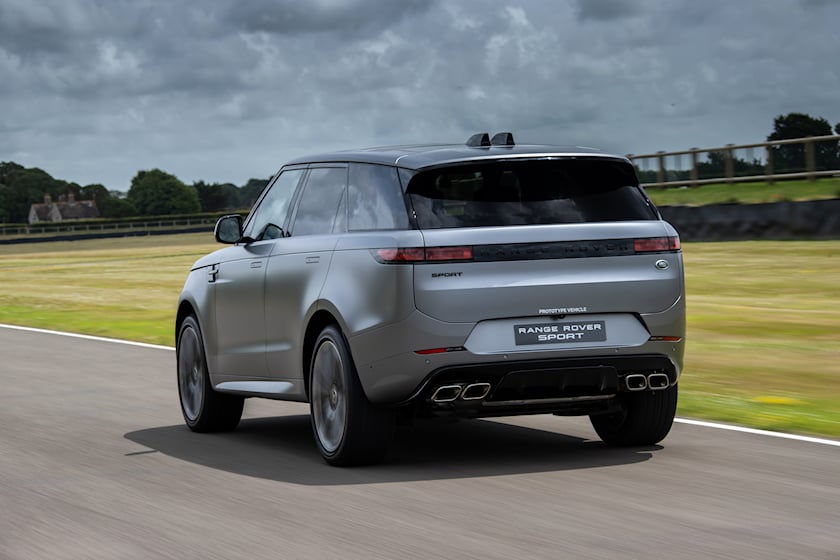
Source: Carbuzz.com

 Русский
Русский